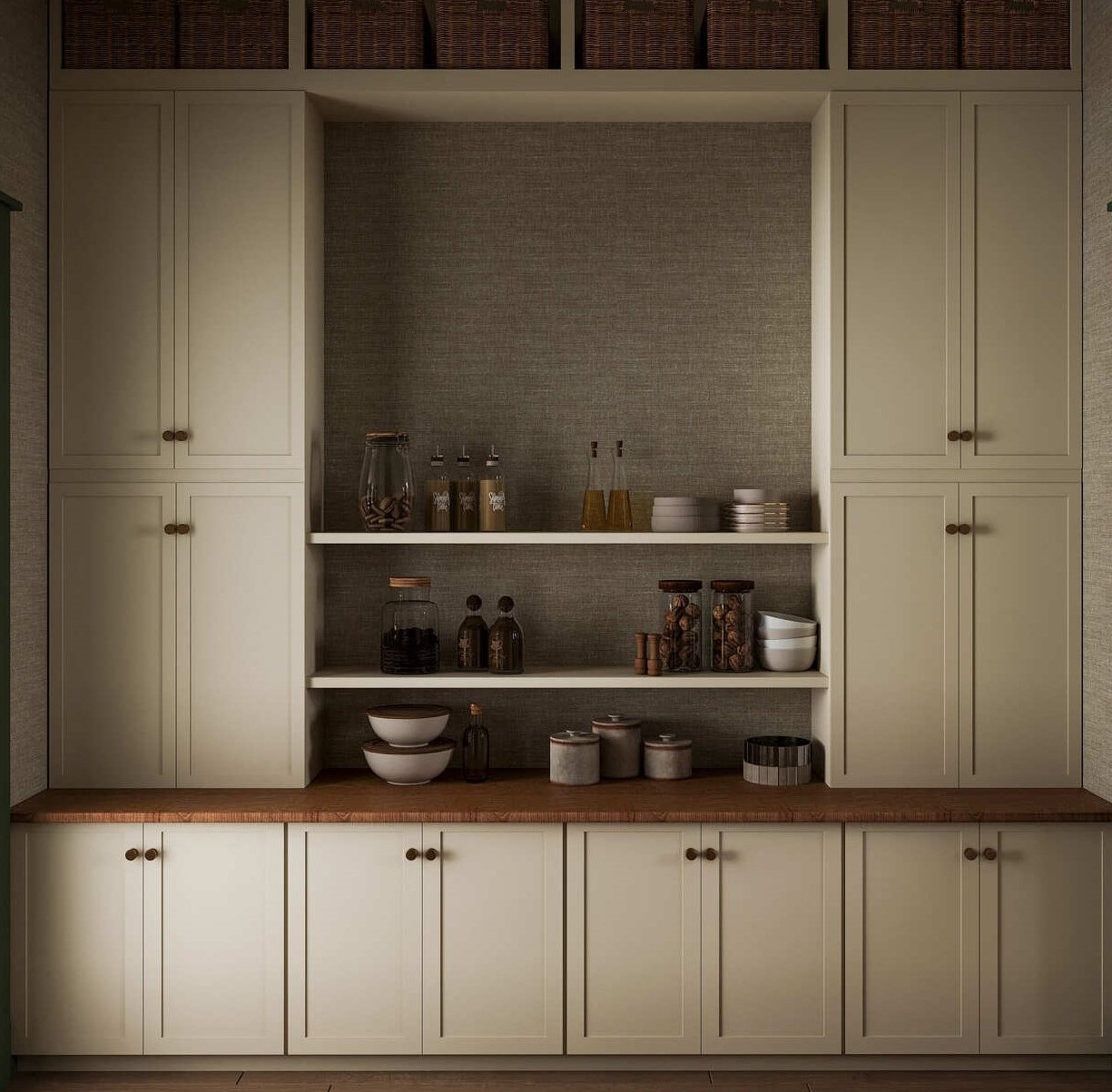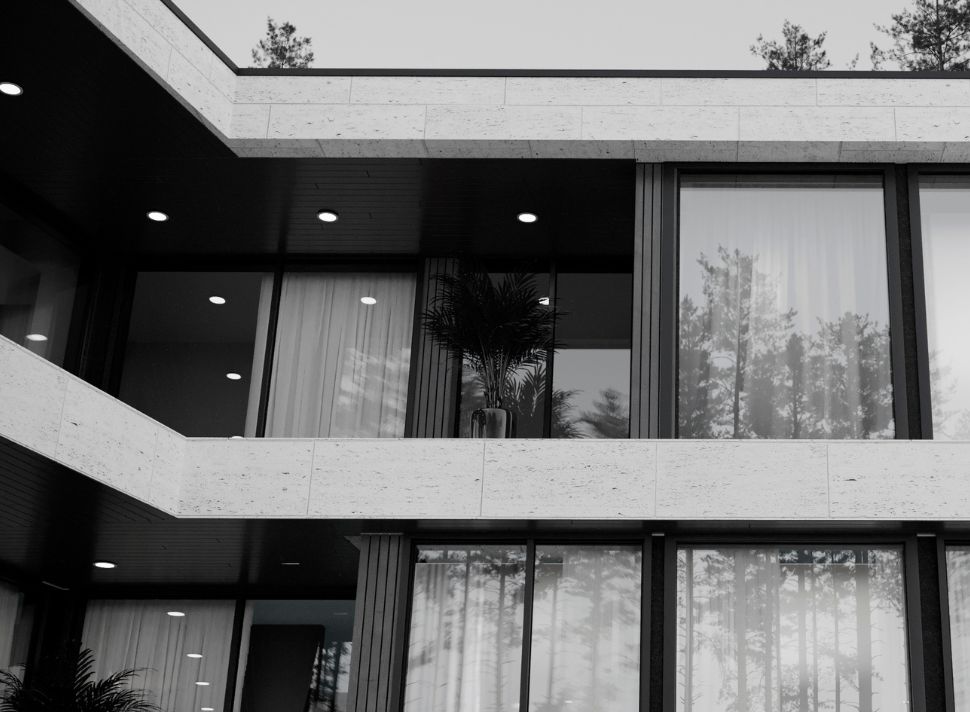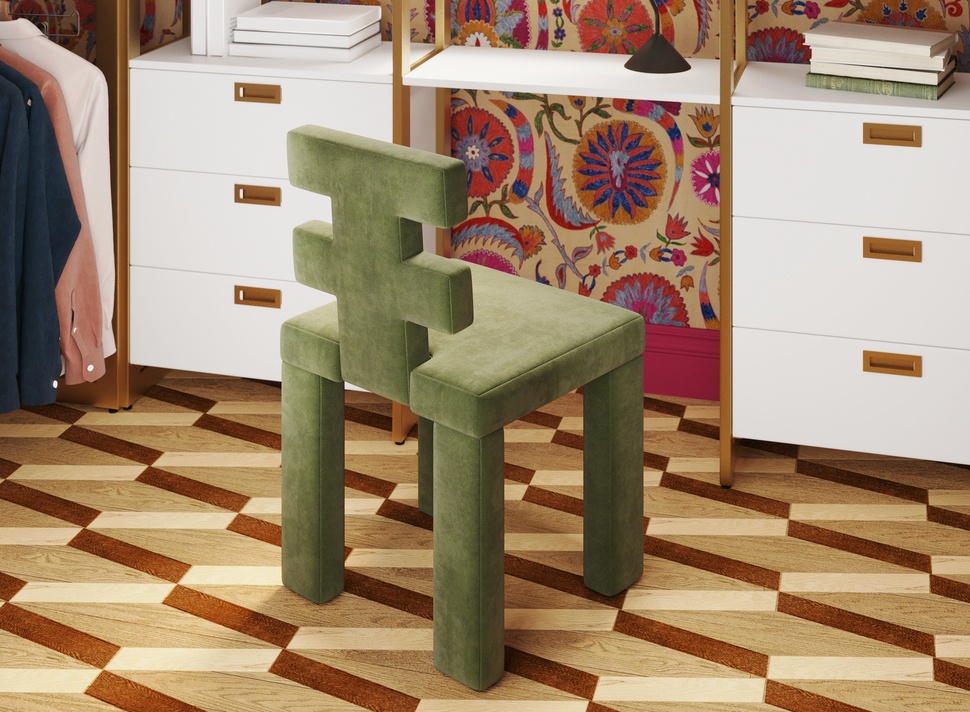Innovative Product Presentation: The Impact of 3D Modeling
Introduction to 3D Modeling in Product Presentation
The advent and adoption of 3D modeling technologies have markedly driven the revolution in product presentation. Today, 3D models of products are not just a futuristic concept but a fundamental component of marketing strategies across various industries. This transformative approach allows companies to showcase their products in a highly detailed and interactive format, offering potential customers an immersive experience that was previously unimaginable. The essence of this article is to explore the profound impact of 3-D modeling on product presentation, highlighting how it enhances customer engagement, streamlines the design and production process, and ultimately revolutionizes marketing strategies. By integrating 3D models, businesses can present their products more captivatingly and significantly improve the efficiency of their production cycles, from initial design to final market launch.
Enhancing Customer Engagement with 3D Models
Interactive Experience and Comprehensive Understanding
One of the most significant advantages of using 3D models in product presentation is the level of interaction and engagement it offers customers. Unlike traditional 2D images, 3D models allow potential buyers to explore a product from every angle, zoom in for detailed views, and even see the product in action through animations. This interactive experience is crucial in today's digital age, where consumers expect more than static images when purchasing. For instance, automotive companies like Audi and BMW have leveraged 3D modeling to create virtual showrooms where customers can customize and interact with their dream car in a virtual environment before making a purchase. This enhances the shopping experience and provides customers with a comprehensive understanding of the product, leading to informed and confident purchasing decisions.
Customization and Personalization
Another facet where 3D models shine is in offering customization options to customers. The ability to personalize a product according to one's preferences has become a significant selling point for many brands. For example, furniture companies utilize 3D modeling to allow customers to change the color, material, and even design elements of furniture pieces, enabling them to visualize how these products would fit into their personal spaces. This level of personalization boosts customer satisfaction and fosters a deeper connection between the consumer and the brand. Companies can significantly enhance engagement and loyalty by empowering customers to design their product versions.
 |
 |
Image from Yousee Studio
Implementing 3D models in product presentation marks a pivotal shift towards more dynamic and interactive consumer experiences. As technology evolves, the possibilities for further enhancing customer engagement through 3D modeling seem limitless. This approach meets the growing expectations of modern consumers and sets a new standard for how products are presented and explored in the digital realm.
3D Modeling and Marketing Strategies
Integration into Digital Campaigns
Integrating 3D models into marketing strategies has revolutionized how products are advertised and promoted across digital platforms. Unlike traditional photography, 3D models provide a dynamic and versatile asset for various marketing materials, including online advertisements, social media posts, and interactive web content. For instance, companies can create engaging animations or 360-degree product views that highlight their products' unique features and benefits, making these digital campaigns much more compelling and informative. This captures the attention of potential customers and encourages them to engage more deeply with the product, increasing the likelihood of conversion.
Moreover, 3D modeling facilitates the creation of virtual environments where products can be showcased in context, providing a realistic impression of how they would appear in real-life scenarios. This is particularly effective in industries such as real estate and interior design, where immersive virtual tours powered by 3D models allow potential buyers to explore properties and spaces in great detail from anywhere in the world. By offering an immersive experience, companies can significantly enhance the appeal of their products, making them more attractive to prospective customers.
Enhancing Online and Offline Presence
The versatility of 3D models extends beyond digital marketing, enhancing offline marketing efforts. High-quality 3D prints and holographic displays of products can be used at trade shows, exhibitions, and in-store displays to grab attention and provide a tangible sense of the product without needing physical prototypes. This saves on logistics and manufacturing costs and allows companies to showcase products still in the development phase, generating interest and feedback early in the product life cycle.
Furthermore, 3D models can be integrated into augmented reality (AR) applications, enabling customers to visualize products in their environment through smartphones or tablets. This innovative approach bridges the gap between online and offline shopping experiences, providing customers a unique and personalized way to interact with products. Retail giants like IKEA have successfully implemented AR apps that allow customers to place furniture in their homes virtually, significantly enhancing customer satisfaction and driving sales.
Cost-Effectiveness and Efficiency in Production and Prototyping
Streamlining Design and Development
Using 3D modeling in product development's design and prototyping phase offers significant cost savings and efficiency improvements. Traditional prototyping methods are often time-consuming and expensive, requiring physical materials and labor to create each prototype. In contrast, 3D models can be quickly adjusted and iterated digitally, allowing designers to experiment with different designs, materials, and configurations without needing physical prototypes. This accelerates the design process and reduces the costs associated with materials and waste.
 |
 |
Image from Yousee Studio
For example, in the automotive industry, 3D modeling allows engineers to test the aerodynamics, safety features, and overall performance of vehicle designs in a virtual environment before any physical model is built. This virtual testing can identify potential issues and improvements early in the design process, saving companies significant time and money in R&D.
Enhancing Collaboration and Reducing Time to Market
3D modeling facilitates better collaboration among design teams, stakeholders, and clients. Digital models can be easily shared and reviewed in real-time, regardless of geographical location, enabling faster feedback and decision-making. This collaborative approach ensures that all parties are aligned throughout the design process, reducing the risk of costly revisions and delays later on.
Moreover, the ability to quickly iterate and finalize designs in the digital realm significantly reduces the time to market for new products. Companies can move from concept to production much faster, giving them a competitive edge in fast-paced markets. This agility is crucial for staying relevant and capturing market share in industries where trends and consumer preferences change rapidly, such as fashion and technology.
In conclusion, 3D modeling has a profound impact on marketing strategies and production processes. It has become an indispensable tool for companies looking to innovate and compete in the modern marketplace by enhancing customer engagement, streamlining design and development, and reducing costs and time to market.
Conclusion: The Transformative Power of 3D Modeling in Product Presentation
Integrating 3D modeling into product presentation and marketing strategies represents a significant leap forward in how businesses connect with their customers and bring their products to market. This technology has revolutionized the visual representation of products and fundamentally altered the production process, making it more efficient, cost-effective, and aligned with the digital age's demands.
Consumers' ability to interact with 3D models of products provides a richer, more engaging shopping experience. They can explore products in detail, customize features to their liking, and visualize items in their own space before making a purchase decision. This level of interaction and personalization enhances customer satisfaction and loyalty, driving sales and fostering a deeper connection between brands and their audiences.
For businesses, the benefits of adopting 3D modeling are manifold. Marketing strategies that leverage 3D models are more dynamic and compelling, capturing the attention of potential customers and compellingly conveying product features. Using 3D models in product development and prototyping streamlines the design process, reduces costs, and accelerates time to market, providing a competitive edge in fast-paced industries.
 |
 |
Image from Yousee Studio
As technology advances, the possibilities for 3D modeling in product presentation and marketing will expand. Virtual and augmented reality innovations will offer even more immersive ways to showcase products, blurring the lines between the digital and physical worlds. The ability to create hyper-realistic 3D models will further enhance the accuracy and appeal of virtual product representations.
In conclusion, the impact of 3D modeling on product presentation and the broader marketing and production landscape is undeniable. By embracing this technology, businesses can improve their operational efficiency and marketing effectiveness and meet the evolving expectations of modern consumers. As we look to the future, it is clear that 3D modeling will continue to play a pivotal role in shaping the way products are designed, presented, and experienced, marking a new era in the digital transformation of commerce.
Contact us at YouSee Studio for captivating 3D renderings and immersive virtual experiences.
Ray Lisbon is a content writer and the author of this article.










